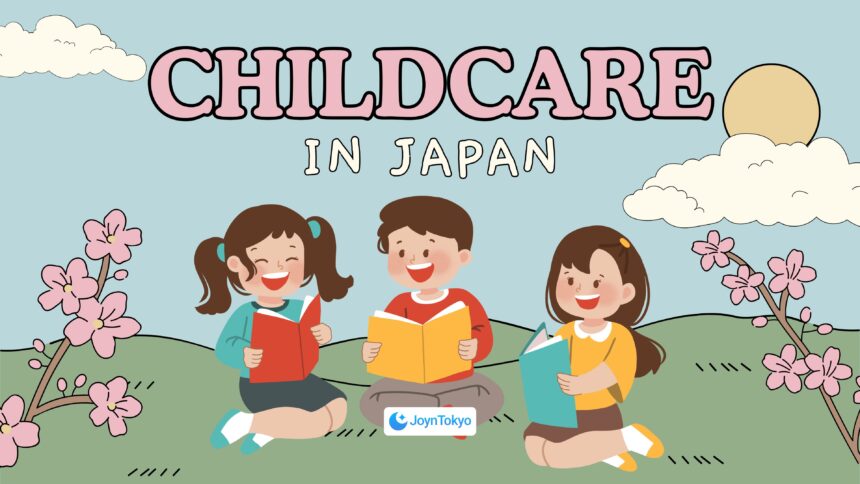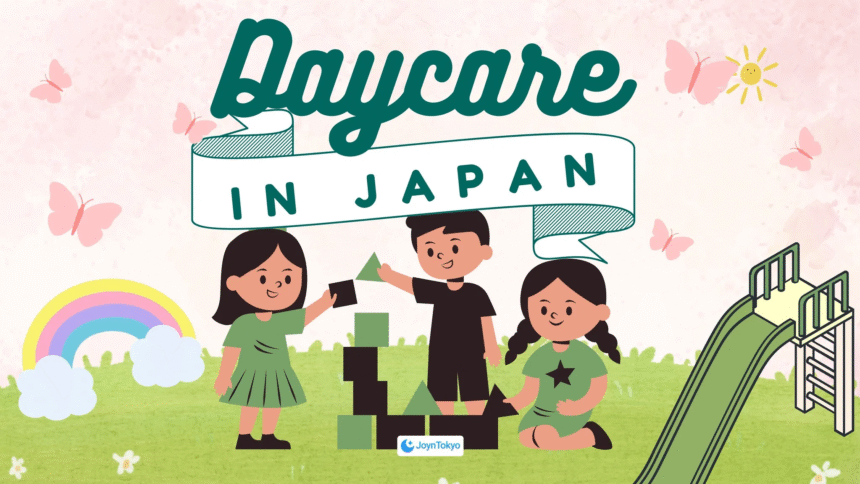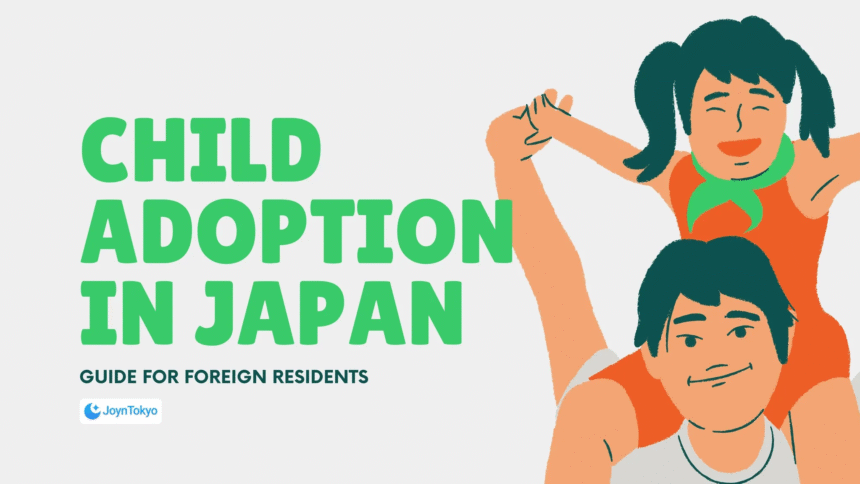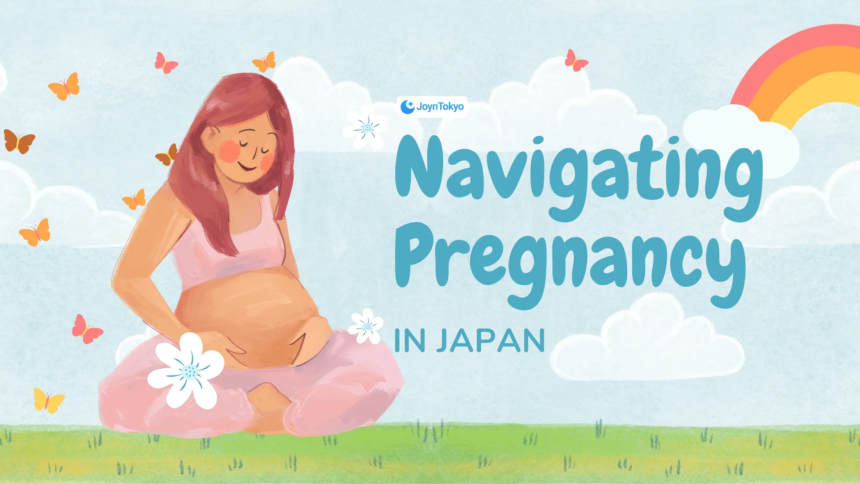Childcare in Japan naturally attracts considerable attention from foreign families seeking reliable support while working or adapting to a new environment. Although the system can appear complex — given the range of government-supported facilities, eligibility criteria, and different daycare types — understanding the fundamentals will help you navigate it with confidence. This article offers a comprehensive look at Japan’s childcare landscape, from facility types and government assistance to daily routines and cultural integration.
Overview of Childcare Options in Japan
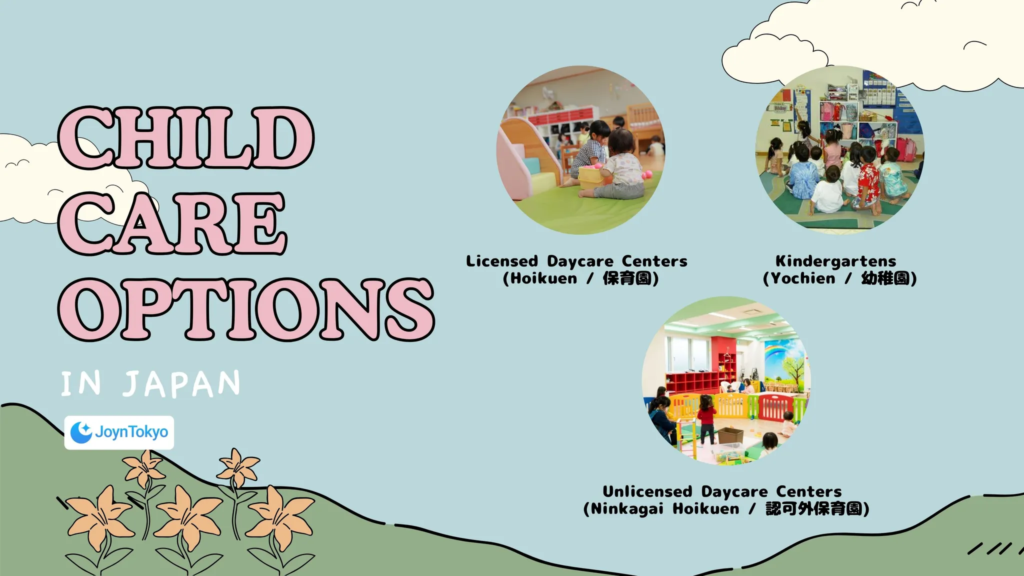
Before diving into specifics, it is helpful to grasp the main types of childcare available in Japan. Each option caters to different age groups, schedules, and educational philosophies. Keep in mind that availability and fees can vary significantly depending on your municipality.
Licensed Daycare Centers (Hoikuen / 保育園)
Licensed daycare centers (hoikuen) often serve as the go-to choice for working parents. They accept children from infancy to preschool age and provide a safe, supervised environment while parents work. Because these centers are regulated by local authorities, families usually benefit from government subsidies, making them a more affordable option.
Kindergartens (Yochien / 幼稚園)
Kindergartens (yochien) focus on early education for children aged three to six. They emphasize academic, social, and emotional development in preparation for elementary school. While certain kindergartens have full-day programs, many offer shorter hours, which might be less convenient for parents who require extended care.
Unlicensed Daycare Centers (Ninkagai Hoikuen / 認可外保育園)
Unlicensed daycare centers can be an alternative when licensed facilities have no available spots, or for families needing flexible hours. Although these centers operate without the same strict regulations, many still maintain high standards. In some cases, unlicensed centers may be more accessible and can better accommodate unique scheduling needs.
Government Support and “Japan Free Childcare” Initiatives
To alleviate the financial burden on families, the Japanese government has introduced several supportive measures. A key policy is the “Japan Free Childcare” initiative, which significantly reduces or eliminates fees for children ages three to five in licensed facilities. The exact coverage depends on your municipality, income level, and the facility type. Parents of younger children may also be eligible for partial subsidies, based on income and employment status.
Tip
For the latest updates, refer to official sources such as the Ministry of Health, Labour and Welfare (MHLW) or your local city office website.
Application Process and Eligibility
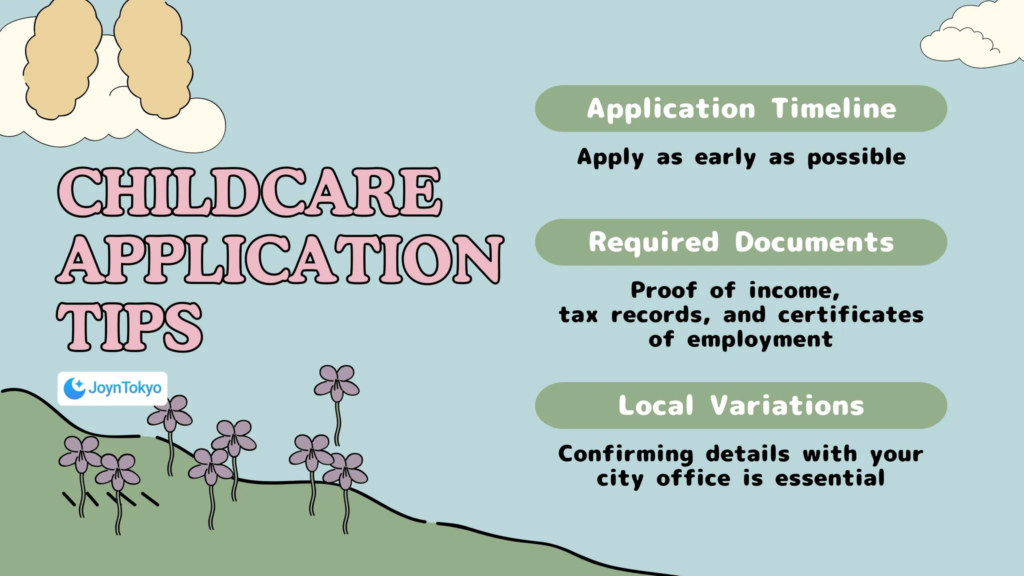
To access government-subsidized childcare, you typically apply through your local ward or city office. The application form requires details on household income, work status, and preferred childcare facilities. After reviewing your information, local authorities assign fees and determine subsidy levels. Keep these points in mind:
- Application Timeline: Spaces at popular facilities fill up quickly, so apply as early as possible.
- Required Documents: You may need proof of income, tax records, and certificates of employment.
- Local Variations: Each municipality has its own procedures and deadlines, so confirming details with your city office is essential.
Additional Financial Assistance
Beyond “free childcare” measures, families may qualify for childcare allowances (jidō teate / 児童手当), or other local grants specifically for single parents or low-income households. Foreign residents typically receive the same benefits if they hold an appropriate residence status. Contacting your municipal office is crucial to ensure you receive all eligible support.
Daily Life in Japanese Daycare
Most daycare centers and kindergartens structure the day around playtime, basic academic activities, mealtimes, and rest. Some facilities provide hot lunches, while others may require parents to send a bento (packed lunch). Teachers also emphasize life skills such as cleaning up, sharing, and cooperation.
Parent Involvement and Communication
Parent involvement is integral to Japanese childcare culture. Facilities commonly use a communication notebook (renrakucho / 連絡帳) to update parents on daily observations, meals, and activities. Scheduled parent-teacher meetings allow both parties to discuss a child’s progress, address concerns, and set goals.
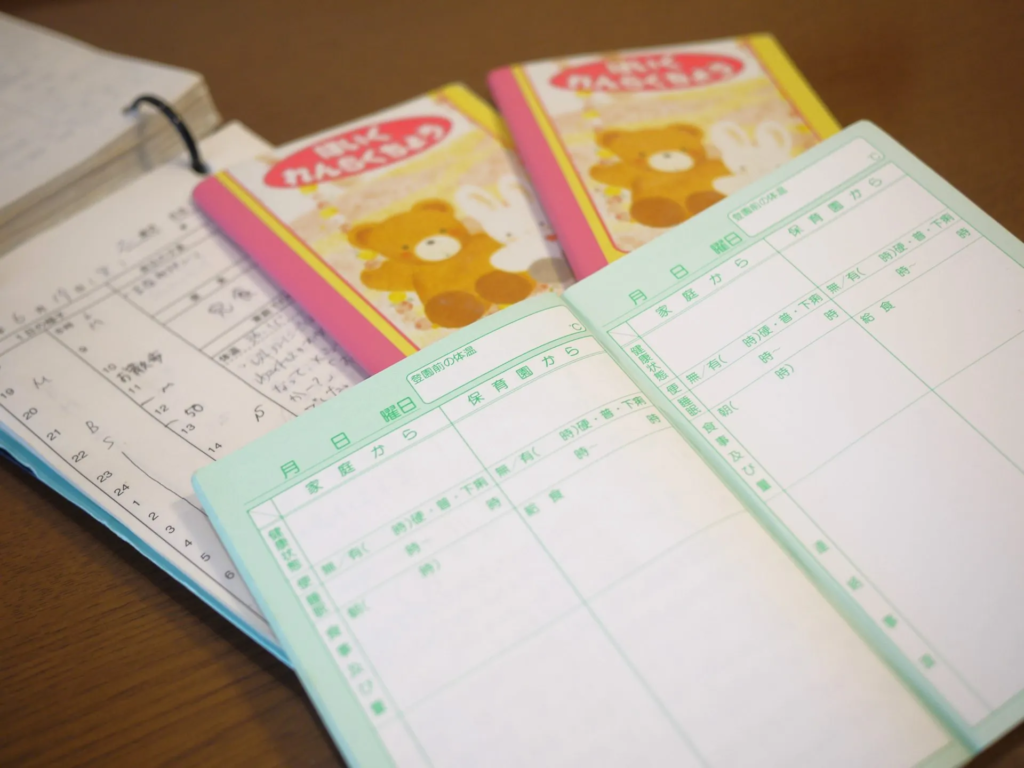
Cultural Integration and Language Support
International families often worry about language barriers. Fortunately, many daycare centers in urban areas have staff who speak some English or offer multilingual support. Some international daycare centers even teach in English or bilingual environments, helping children unfamiliar with Japanese adapt smoothly.
Cost of Childcare in Japan
Childcare fees differ widely depending on location, household income, a child’s age, and whether the center is licensed. Licensed daycare centers tend to follow a regulated fee schedule, making them more cost-effective for many families. Unlicensed facilities, while often pricier, may provide smaller classes or more flexible hours.
A Range of Monthly Fees

Monthly fees for licensed facilities typically range from about ¥20,000 to ¥70,000. Under the “Japan Free Childcare” policy, some families pay reduced or no fees at all. Unlicensed centers can exceed these amounts, but parents may find the extra cost worthwhile for the extended hours or specialized programs they offer.
Budgeting for Hidden Costs
When planning expenses, remember that some daycare centers require parents to cover uniforms, learning materials, or event-related fees. Clarifying these costs early on can prevent surprises after your child enrolls.
Making the Most of Childcare in Japan
Securing the right daycare spot is only the beginning. Staying involved, embracing cultural practices, and making the most of government programs can all help ensure a rewarding childcare experience.
Preparing Your Child for Daycare
Adjusting to a new daycare can be challenging for both children and parents. Familiarizing your child with the facility through visits, establishing consistent routines at home, and clearly communicating any special needs will ease the transition. Caregivers and teachers typically welcome any questions, so do not hesitate to share concerns.
Building a Support Network
Connecting with other foreign parents—through online groups or community centers—can provide valuable insights. You may learn about babysitters, part-time care options, or local family-friendly events. This support network fosters a smoother integration for both you and your child.
After-School Care (Gakudō / 学童)

For children who have graduated from daycare or kindergarten, after-school care programs (gakudō) can be an excellent option if both parents work. These programs offer supervised activities and homework assistance for elementary school students, ensuring ongoing support beyond the preschool years.
Looking Ahead: Key Takeaways for Your Childcare Journey
Childcare in Japan encompasses much more than basic supervision. It offers cultural immersion, language development, and social interaction that can greatly enrich a child’s early years. By understanding the different facility types, government subsidies, and everyday routines, you can be well-prepared to choose a daycare solution that meets your family’s needs. Although the application process can be daunting at first, many foreign families find Japan’s childcare system to be supportive, professionally run, and highly beneficial. With diligent planning, open communication with caregivers, and a willingness to embrace local customs, you can help your child thrive in this vibrant environment. For everyday tips on navigating childcare and family life in Tokyo, browse The Tokyo Chapter, a detailed blog written for parents.

